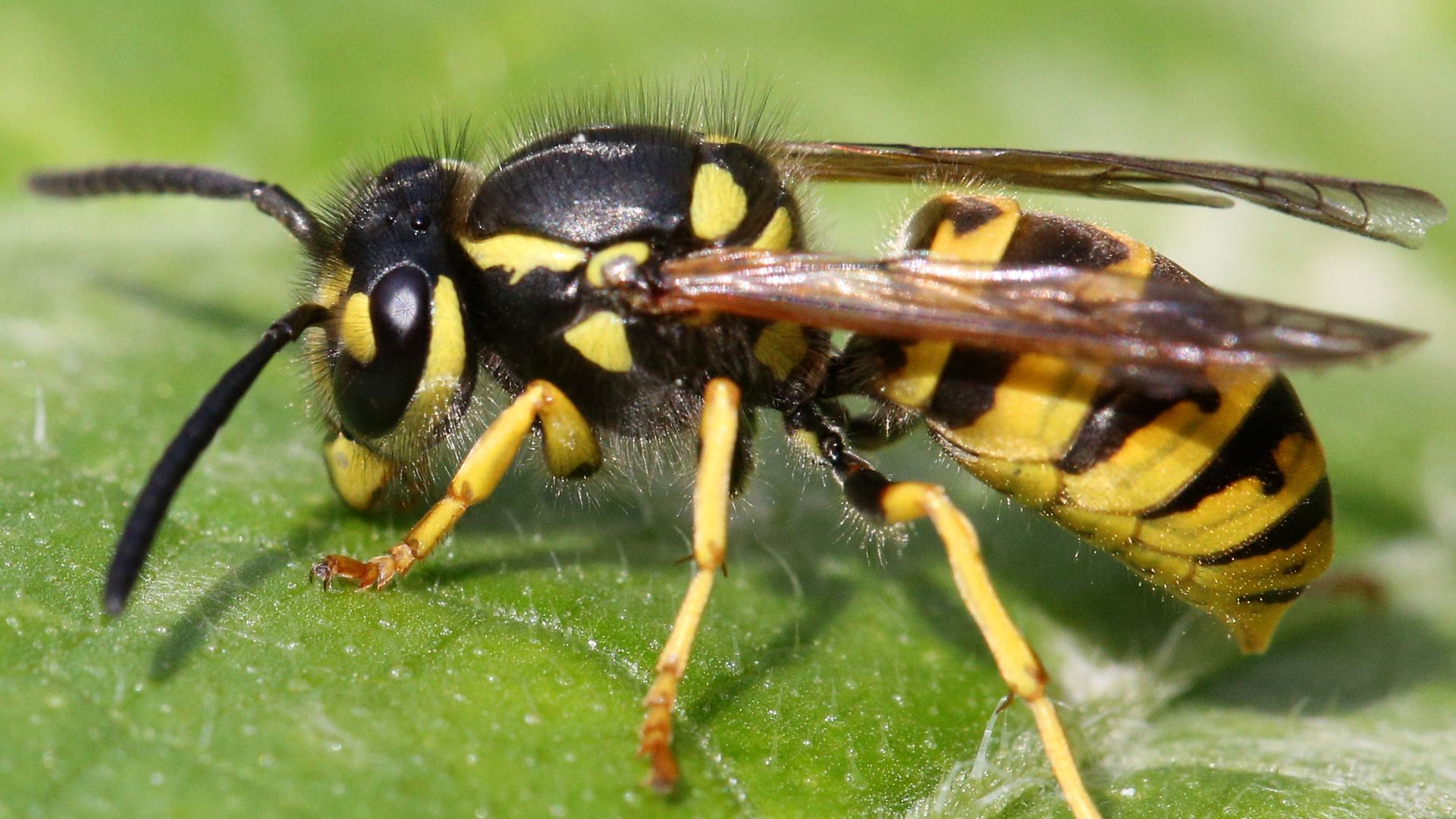
Yellow jackets are more than just pesky insects buzzing around your summer picnic. These small but mighty creatures have fascinating traits and behaviors that might surprise you. Did you know that yellow jackets are actually a type of wasp, not a bee? They play a crucial role in the ecosystem by controlling pest populations and pollinating plants. However, their aggressive nature and painful stings can make them unwelcome guests. Understanding these insects can help you coexist with them more peacefully. In this article, we'll explore 29 intriguing facts about yellow jackets that will change the way you see these striped insects. Buckle up for a wild ride into the world of yellow jackets!
What Are Yellow Jackets?
Yellow jackets are a type of wasp known for their distinctive black and yellow markings. They are often mistaken for bees but have a few key differences. Let's dive into some fascinating facts about these buzzing insects.
-
Yellow jackets are part of the Vespidae family, which includes other wasps and hornets.
-
Unlike bees, yellow jackets have smooth bodies, which allows them to sting multiple times without losing their stinger.
-
These wasps are social insects, living in colonies that can contain thousands of individuals.
-
A yellow jacket colony typically has one queen, who is responsible for laying all the eggs.
Yellow Jacket Behavior
Understanding the behavior of yellow jackets can help you avoid unwanted encounters. Here are some intriguing insights into their actions and habits.
-
Yellow jackets are highly aggressive, especially when their nest is disturbed.
-
They are scavengers, often found around garbage cans, picnics, and outdoor events searching for food.
-
These wasps are attracted to sugary substances, making soda cans and fruit juices a common target.
-
Yellow jackets also hunt other insects, playing a role in controlling pest populations.
Nesting Habits
Yellow jackets have unique nesting habits that set them apart from other wasps and bees. Here’s what you need to know about where they live.
-
Yellow jackets build their nests in hidden or protected areas like underground burrows, wall voids, or tree cavities.
-
The nests are made from chewed wood fibers mixed with saliva, creating a paper-like material.
-
A single nest can house up to 5,000 yellow jackets by the end of the summer.
-
In late summer and early fall, yellow jacket colonies reach their peak population.
Life Cycle
The life cycle of a yellow jacket is a fascinating process that ensures the survival of the colony. Here’s a closer look at their development stages.
-
The queen emerges from hibernation in spring and starts building a new nest.
-
She lays eggs that hatch into larvae, which are fed by the queen until they become adult workers.
-
Worker yellow jackets take over the nest-building and foraging duties, allowing the queen to focus solely on laying eggs.
-
By late summer, the colony produces new queens and males, which leave the nest to mate.
Interaction with Humans
Yellow jackets often come into contact with humans, sometimes leading to painful encounters. Here are some facts about their interactions with people.
-
Yellow jacket stings can be very painful and may cause allergic reactions in some individuals.
-
Unlike bees, yellow jackets can sting multiple times, making them more dangerous.
-
They are more aggressive in late summer and fall when food becomes scarce.
-
Wearing bright colors or floral patterns can attract yellow jackets, as they mistake them for flowers.
Fun Facts
Yellow jackets have some surprising traits and behaviors that make them unique. Here are a few fun facts to round out your knowledge.
-
Yellow jackets communicate with each other using pheromones, which are chemical signals.
-
They can fly at speeds of up to 7 miles per hour.
-
Yellow jackets have excellent vision and can see in the ultraviolet spectrum.
-
They play a crucial role in pollination, although not as significant as bees.
Safety Tips
Knowing how to stay safe around yellow jackets can prevent painful stings and allergic reactions. Here are some practical tips.
-
Avoid wearing strong perfumes or scented lotions, as these can attract yellow jackets.
-
Keep food and drinks covered when eating outdoors to reduce the chance of attracting these wasps.
-
If a yellow jacket lands on you, stay calm and gently brush it away rather than swatting at it.
-
Seal garbage cans tightly to prevent yellow jackets from scavenging for food.
-
If you find a nest near your home, consider contacting a pest control professional to safely remove it.
Final Buzz on Yellow Jackets
Yellow jackets are more than just pesky insects. They play a crucial role in controlling pest populations, making them beneficial for gardens and crops. These wasps are known for their aggressive behavior, especially when their nests are disturbed. Unlike bees, yellow jackets can sting multiple times, which makes them a bit more dangerous. They build their nests in various locations, including underground, in trees, or even inside walls. Understanding their behavior and habitat can help you avoid unwanted encounters. If you find a nest near your home, it's best to call a professional to handle it. Remember, while they can be a nuisance, yellow jackets are an important part of our ecosystem. So next time you see one, give it some space and appreciate the role it plays in nature. Stay safe and informed!
Was this page helpful?
Our commitment to delivering trustworthy and engaging content is at the heart of what we do. Each fact on our site is contributed by real users like you, bringing a wealth of diverse insights and information. To ensure the highest standards of accuracy and reliability, our dedicated editors meticulously review each submission. This process guarantees that the facts we share are not only fascinating but also credible. Trust in our commitment to quality and authenticity as you explore and learn with us.
